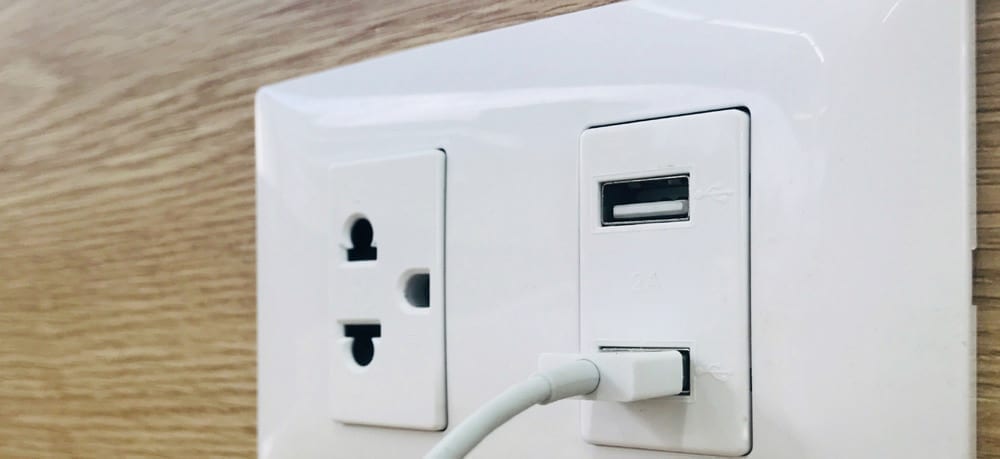Work From Home Fatigue
As shelter orders persist across the country, many have started to experience fatigue associated with working from home. Similar to the “cabin fever” that has prompted parks, beaches, and other public spaces to swell to capacity on weekends (and sometimes weekdays), we’re finding that while there are many advantages to working from home, the monotony of our streamlined routines is starting to present challenges—both mental and physical.
Not only that, but background noise and Internet bandwidth challenges can also make focus and connectivity more difficult during crunch times and important meetings. In a reversal from the initial excitement that surrounded the prospect of working from home more frequently, it is becoming clear that some of the disadvantages are hard to overcome.
Whether because of lost productivity arising from other occupants or family members sharing the space, loss of motivation from living/sleeping/working in the same space, or simply an innate desire to add variety to a daily routine, alternatives to the individual home office are quickly gaining traction. And with recent announcements of further delays in reopening by large organizations in the Bay Area and beyond, creative solutions will be needed sooner rather than later.
Broadening Your Rental’s Appeal
If you own a short-term rental property, you may want to consider options for catering to the daily rental needs of remote workers desiring a workspace outside of their own homes. Depending on the market, travel patterns have changed rapidly in response to quarantine orders. Many rental properties—as well as hotels—are sitting empty, representing significant losses for commercial and private owners alike. However, owners of short-term rental properties are well-positioned to capitalize on changing travel habits by broadening their target audience, thereby potentially offsetting losses.
While those traveling for pleasure might be fewer and farther between, rental owners have an opportunity to attract the “business traveler” who is seeking either long- or short-term respite from the home office. Whereas these types of vacation spaces might have once seemed a luxury for the typical worker, they are quickly gaining traction because of their many advantages.
Planning Upgrades and Amenities
These days, nearly all vacation rental properties provide the most basic infrastructure to support a remote workplace—Wi-Fi. With some additional planning, though, properties can be taken to the next level by layering on specialty amenities targeted directly at this new breed of remote worker. While cost may be a factor when determining just how far your upgrades go, even just a few unique details can make a difference when it comes to a remote workflow.
Knowing where to start and what questions to ask before implementing any changes can be made easier by consulting a Project Manager (PM) who can guide both your initial exploration and ultimately manage implementation of any changes you wish to make. With their industry knowledge, they can quickly advise on suitable upgrades that would appeal most to someone looking for an extension of their office. Consider how the following technologies and amenities could be enhanced or incorporated at your property:
Connectivity

Wi-Fi is the foundation of any remote office. Ensuring that connection speeds are adequate for seamless video conferencing and accessing remote workstations or servers is key. Do you need to install a repeater, extender, or other equipment to ensure connectivity in all corners of the space?
Video Conferencing

A dedicated space with a webcam, mic, and neutral background will enable professional-level video conferencing suitable for casual work calls or more formal interviews.
Power

Availability of several outlets for charging and powering devices is critical. Outlets with integrated USB connections provide even more convenience. Given that remote work can occur from many places within the property, look to incorporate enhanced power throughout—office areas, living rooms, bedrooms, and even the kitchen.
Desk Stations

Consider installing ergonomic and adjustable chairs, keyboard trays, sit-stand desks, large counters or workspaces for spreading out papers and larger projects, or any other equipment to improve the comfort of guests as they do their work.
Shared Spaces
If your property is part of a community or resort, learn how communal spaces can be utilized to increase remote work productivity. Whether these are larger, dedicated meeting spaces, a clubhouse with food and beverage services, or a pool or gym, each amenity expands your potential audience and increases your property’s attractiveness.
In many cases, these unique workspaces can offer privacy and other conveniences, as well as a safer environment than a crowded office, at least until an employer is able to safely reopen. Combined with a vacation property’s existing advantages, such as online booking and management, parking, and overnight accommodations, the benefits are numerous. And given that many of these spaces are found beyond the city center, they are even more convenient for those who do not wish to travel far from home.
While it may require some work to properly transition a property to accommodate a more business-minded “traveler,” the advantages to both owners and guests are clear. Planning for upgrades, or at least exploring the feasibility of them, can be made easier by working with a PM.
A PM’s access to industry contacts, as well as their budget and schedule expertise, will provide you with the necessary resources to evaluate how best to make use of your vacant or dormant space. Such spaces are bound to increase in popularity as many look for ways to supplement their home office experiences during the extended reopening period.


